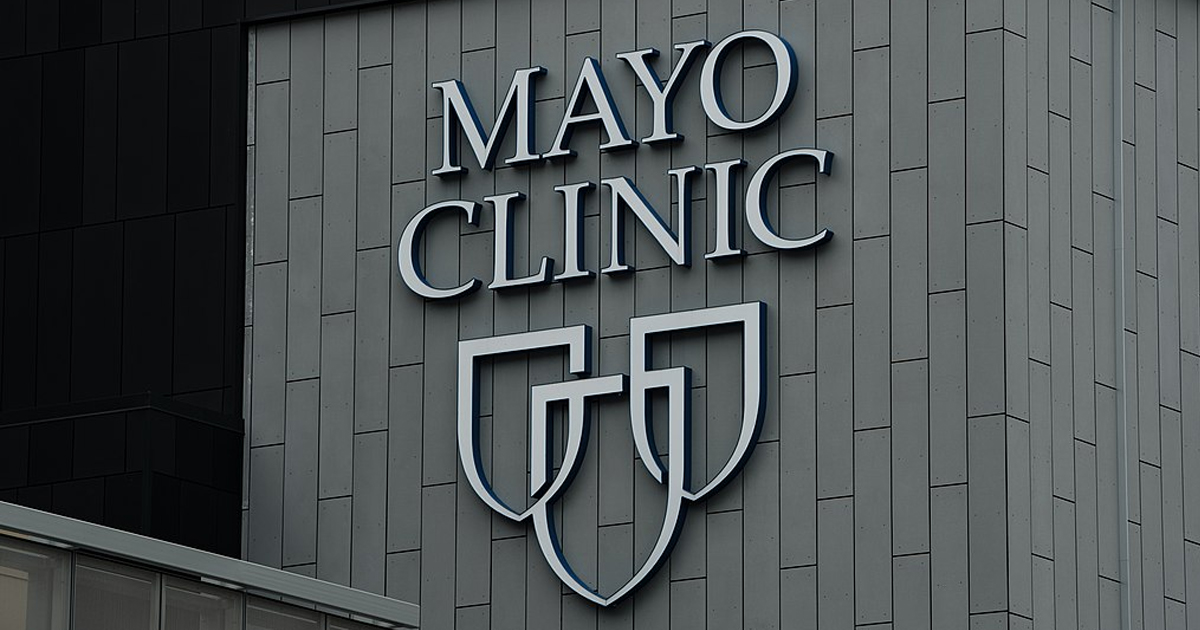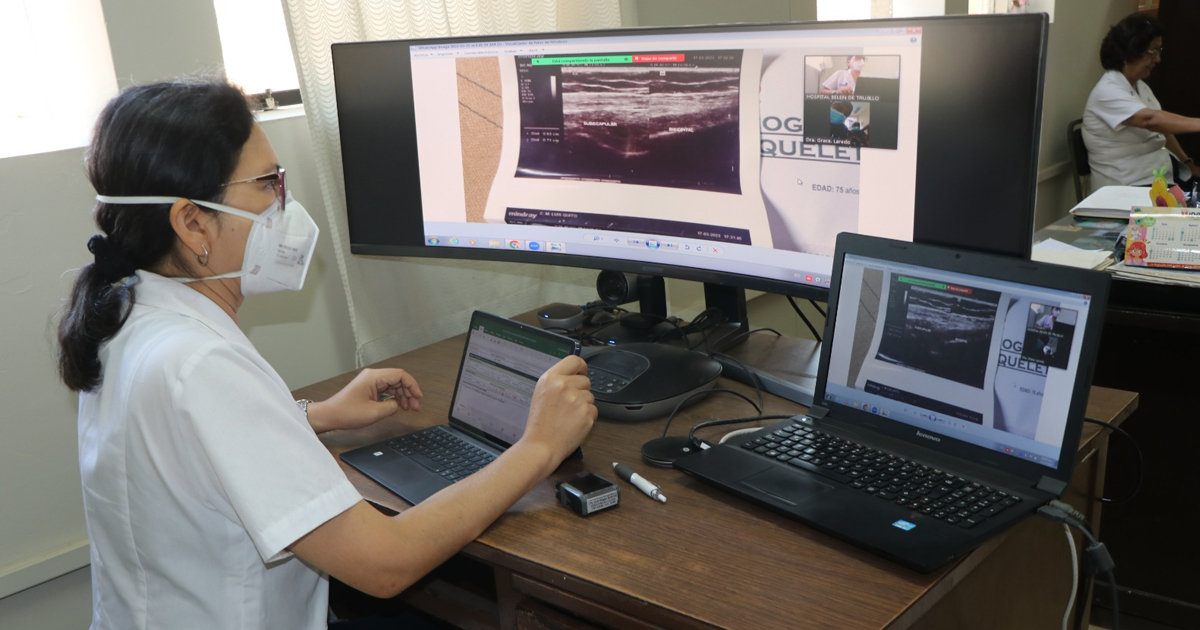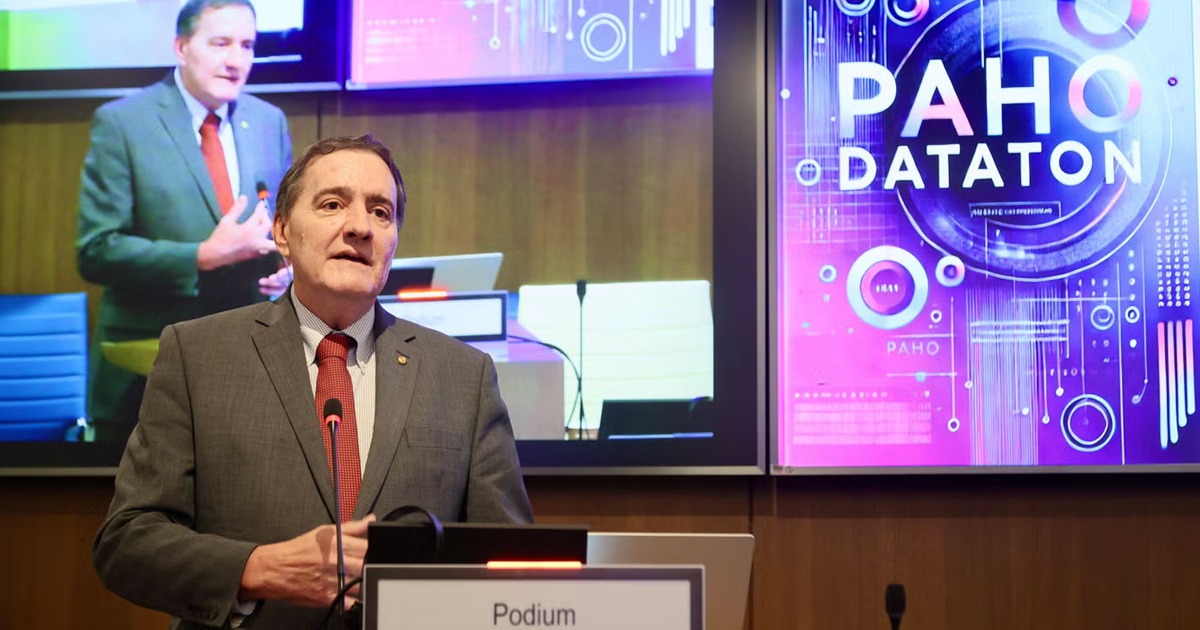Google Research and Mayo Clinic have developed a new Artificial Intelligence (AI) algorithm whose purpose is electrical stimulation of the brain to find out possible treatments for diseases such as epilepsy and Parkinson's.
Researchers and AI specialists, from Google Research and the Mayo Clinic, developed a new algorithm for stimulation devices to celebrate. The findings were published in PLOS Computational Biology, under the title "Basic Profile Curve Identification for Understanding the Effects of Electrical Stimulation on Human Brain Networks."
“The identification base profile curve” was the algorithm developed because there are no mathematical techniques to classify and characterize how brain networks interact with each other, using real-world data.
The study involved a patient with a brain tumor, who was fitted with an electrocorticographic electrode array for mapping of brain function before and after the tumor was removed.
"Our findings show that this new type of algorithm can help us understand which brain regions directly interact with each other, which in turn can help guide electrode placement to stimulate devices to treat networked brain diseases," explained Dr. Kai J. Miller, MD, Mayo Clinic neurosurgeon and first author of the study published in PLOS.

Miller explained that new technologies help develop new and better treatments for different conditions such as epilepsy, Parkinson's or psychiatric illnesses such as obsessive-compulsive disorder and depression.
Even the authors have provided the downloadable code package so that other researchers can experiment and explore this technique. "Sharing the developed code is a fundamental part of our efforts to help research reproducibility," explained Dr. Dora Hermes, lead author of the study.





